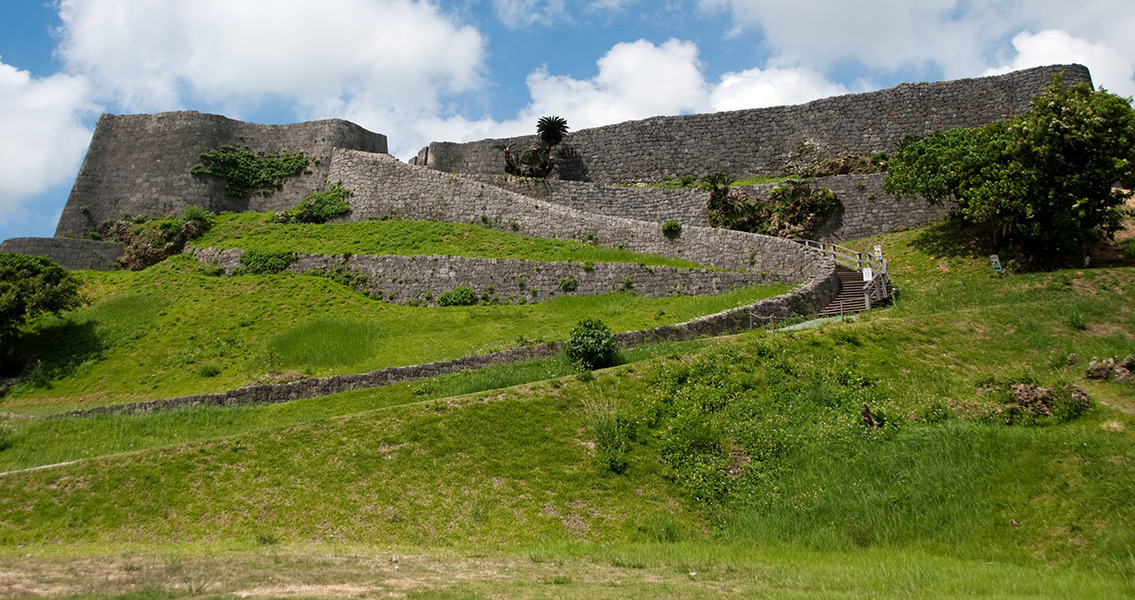<![CDATA[Of all the things to find in the ruins of a Japanese castle dating to the twelfth century CE, ancient Roman coins are likely to be close to the bottom of the list – yet that’s exactly what has just been found. Unesco World Heritage Site Katsuren Castle, located on the island of Okinawa, is thought to have been occupied from the twelfth to the sixteenth centuries. Yet new excavations at the castle ruins have yielded a cache of ancient currency. According to an article appearing on the CNN website, researchers found a collection of coins from the Ottoman Empire dated to 1687; among those coins were several bronze and copper coins from the Roman era, initially dated to anywhere between 300 CE and 400 CE. At first, experts called in to evaluate the new discovery were convinced the coins had been placed there deliberately as some sort of a hoax. However, after careful study, it was revealed that instead the find marks the discovery of new evidence of globalization at a time when international trade was thought to have been limited, especially in the Far East. These coins are the first of their kind to ever have been discovered within Japan. In fact, researchers are completely stumped when it comes to how the currency might have arrived at Katsuren Castle, considering that the region would have used Chinese coins for doing business at that time in history. Some archaeologists have taken the opportunity to adopt a more anthropological approach to the conundrum by examining the lives of those who would have built and then lived within Katsuren Castle. One of a handful of Okinawan “gusuku” strongholds, the castle was built during an era that saw Okinawans holding themselves politically and culturally separate from the rest of the Japanese archipelago. Familial alliances between rulers on Okinawa saw the development of the Ryukyu Kingdom by the early fifteenth century, with these fort-like castles being the centers of power for several smaller kingdoms as well until 1609, when Japanese feudal lords took control of the island, severing Okinawa’s close ties with the Chinese mainland. This predates 1630, the official closing-off date for Japan when the country sought to limit its ties to Europe as much as possible. However, there is no evidence in existence that Katsuren Castle’s ruling lord had any Western connection before this time, much less connections to individuals who would trade in ancient Roman coins. Despite this, archaeological digs onsite have been revelatory when it comes to international trade and its scope in the period; with Chinese pottery and tiles found at Katsuren, it lies within the realm of possibility that these coins arrived by way of China. While these are the first Roman-era coins to have been found in Japan, they aren’t the first Roman artifacts to have been uncovered in the region; in 2012, the excavations of a Japanese tomb revealed glass jewelry thought to have originated in ancient Rome as well. Image courtesy of Wikimedia Commons user: kanegen ]]>
Roman-era Coins Found in 12th-Century Japanese Ruins
